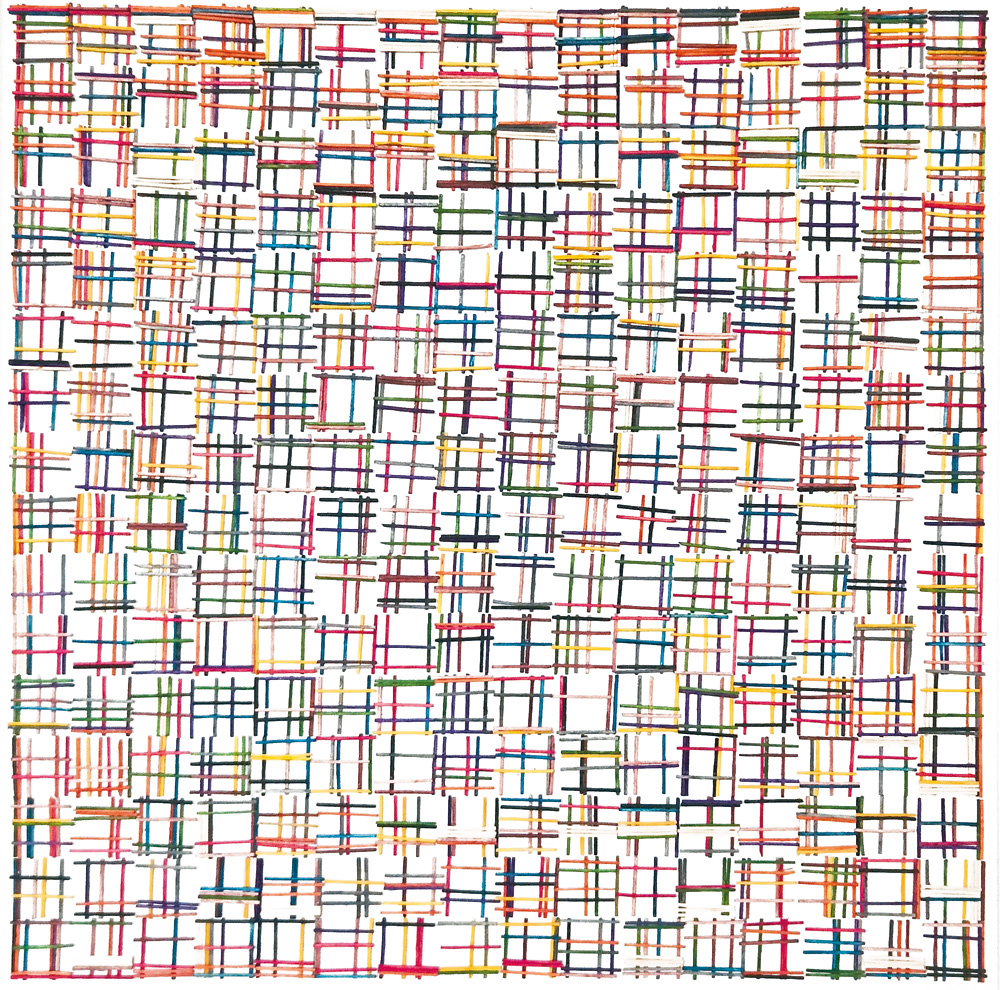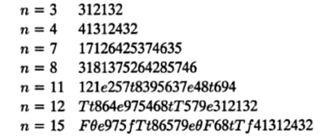| Stomachion | |||||
 |
The Langford problem or Langford pairing is named after the Scottish mathematician C. Dudley Langford. In 1958, he observed his son playing with colorful building blocks. He noticed that his son had stacked three pairs of differently colored blocks on top of each other in such a way that there was one block between the red pair, two blocks between the blue pair, and three blocks between the green pair. Langford added a yellow pair and found that there was also a solution for this. There were four blocks between the yellow pair. Longford then replaced the colors with numbers in the form 41312432, so that there were exactly as many numbers between each number as the number itself represented. So, between the two 4s were four other numbers, between the two 3s were three numbers, between the two 2s were two numbers, and between the two 1s was one number. Longford continued to research and found solutions for 7, 8, 11, 12, and 15 pairs of numbers. However, Longford could not find a solution for n = 5, 6, 9, or 10 pairs of numbers. In 1959, mathematician Roy O. Davis proved that the number of pairs of numbers 'n' had to be either divisible by 4 (such as 12) or one less than a number divisible by 4 (such as 15). He also wondered how many different solutions there might be for such constructed sequences of numbers. With increasing n, there is a growing number of Langford sequences. There is only one solution for n=3 and n=4, 26 solutions for n=7, 150 for n=8, 17,792 for n=11, 108,144 for n=12, and so on, with 46,845,158,056,515,936 for n=24. Obviously, it is extremely computationally intensive to find all solutions for a given n. The number of solutions for n=27 and 28 was calculated recently, but further progress has not been made.
|
Longford sequences overlapping lengthwise and crosswise with number triples of order 11 according to colors and distances.
|

